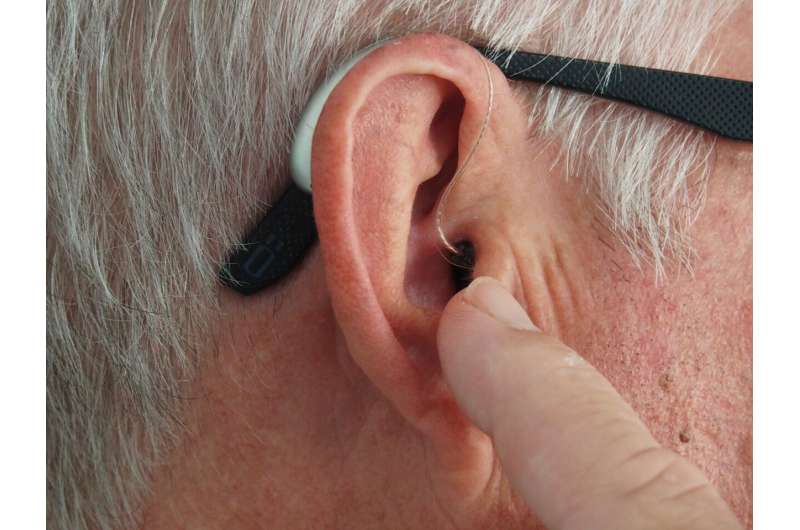Revolutionary Ultra-High-Resolution MRI Maps Brain Structures at Near-Micron Scale

A groundbreaking ultra-high-resolution MRI scanner now allows researchers to visualize microscopic brain structures with near-micron precision, advancing neuroanatomy and brain disorder research.
A pioneering development in neuroimaging technology has emerged through the efforts of a scientific team partially funded by the National Institutes of Health (NIH). They have introduced the Connectome 2.0 human MRI scanner, an ultra-high-resolution imaging system capable of visualizing microscopic brain structures that are often disrupted in neurological and psychiatric disorders. Unlike standard MRI scanners, which lack the capacity to resolve such minute details, this innovative system provides an unprecedented window into the brain's architecture.
The Connectome 2.0 scanner overcomes key challenges in neuroscience research by enabling noninvasive, in vivo exploration of the connectome—the complex network of neural connections in the nervous system. Its design allows it to be positioned comfortably around the head of living subjects, and it boasts significantly more channels than traditional MRI systems, enhancing signal clarity and image sharpness.
These technological advancements facilitate the mapping of neural fibers and cellular structures with nearly single-micron precision. This level of detail is crucial for understanding subtle cellular and microstructural variations linked to cognition, behavior, and neuropsychiatric conditions. Notably, the system has demonstrated safety in healthy volunteers and can detect microstructural differences such as variations in axon diameter or cell size—an achievement previously limited to postmortem or animal studies.
The research underscores a transformative leap forward, allowing scientists to explore the brain at multiple scales—ranging from macrocircuits to individual cells—thus paving the way for tailored treatments and advanced neurotechnologies. Lead researcher Dr. Susie Huang emphasized that this platform bridges the gap between cellular-level details and broader neural circuits, enabling real-time investigation of brain architecture in health and disease.
Published in Nature Biomedical Engineering, this work signifies a critical step toward constructing a comprehensive wiring diagram of the human brain—potentially revolutionizing our understanding and treatment of brain disorders. Future applications may include precision neuromodulation techniques based on individual brain circuitry, advancing the field toward personalized neuroscience.
Stay Updated with Mia's Feed
Get the latest health & wellness insights delivered straight to your inbox.
Related Articles
Investigating Why Some Athletes Face Challenges in Recovering Post-ACL Surgery
New insights into brain and muscle interactions reveal why some athletes struggle to recover fully after ACL reconstruction, highlighting the role of neural pathways in rehabilitation outcomes.
New White Paper Calls for Urgent Action to Address Hearing Loss in Care Homes
A new white paper highlights the urgent need for better support for residents with hearing loss in care homes, emphasizing improved care practices to enhance quality of life and safety.
International Research Confirms Link Between Glyphosate and Multiple Cancers
A large-scale international study confirms that glyphosate, used at doses considered safe, is linked to multiple cancer types in rats, raising concerns about human health risks and regulatory standards.
Potential Increased Stroke Risk After Hysterectomy with Bilateral Oophorectomy
New research suggests that hysterectomy with bilateral oophorectomy may increase the risk of stroke, highlighting the importance of careful surgical decision-making and long-term health monitoring for women.



